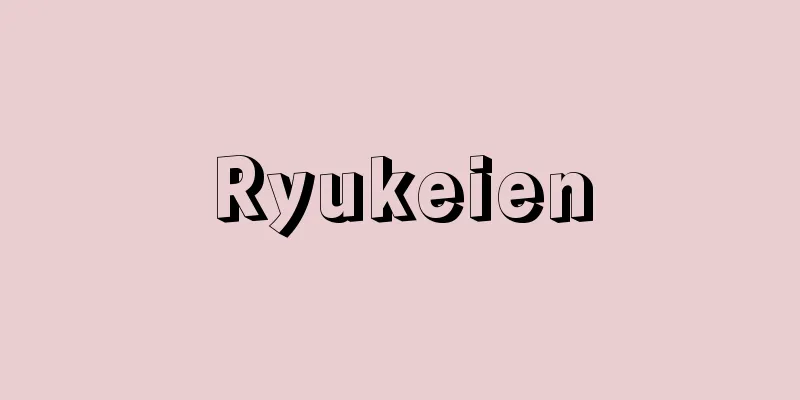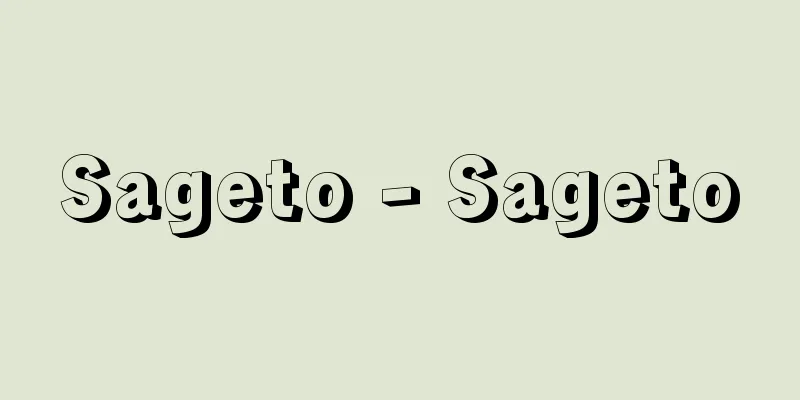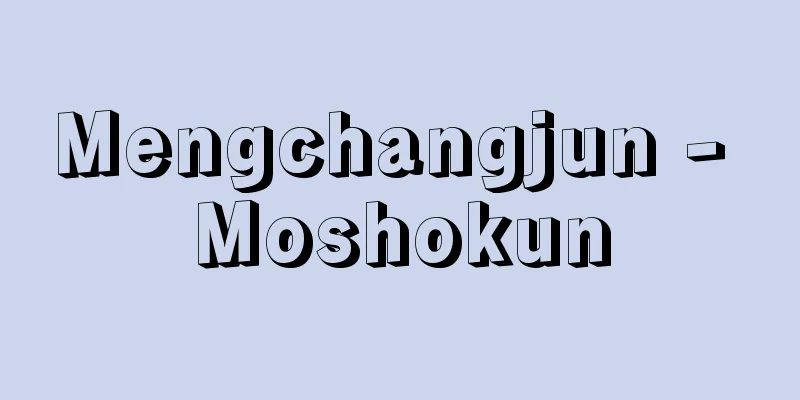Hairy shaven head

|
In the days when it was considered normal for monks to shave their heads and remain single for life, this term refers to people who were half monks and half laypeople with hair. From the Middle Ages to the early modern period, they were common in Jodo Shinshu farming villages, mainly in the Hokuriku to Kinki regions. Many villages did not have temples at the time, but in these areas, each village had a dojo, which served as a branch office and meeting place for the temple. Most people used their own homes as dojos, and in their daily lives they worked as farmers and cultivated a small amount of land. Even so, they hung small bells at the entrances of their houses, and when there was a death in the village, they played the same role as regular monks by becoming leader, and went out to recite sutras on the occasion of anniversaries. They were well educated for the time, and the second or third son of a long-term farmer or village headman would probably have become a shaven head. In addition, people without fixed jobs and temple men would sometimes memorize sutras and live in dojos. Following the 1872 (Meiji 5) ordinance to abolish dojos, some were elevated to temple status, while others became ordinary farms. Dojos still exist in the Hokuriku region, and many remain in place names in other regions as well. Kebozu have been considered lower-ranking monks, but in small communities without temples, they played a major role in spreading Jodo Shinshu among the public, along with the dojo system. [Shoji Inoguchi] Source: Shogakukan Encyclopedia Nipponica About Encyclopedia Nipponica Information | Legend |
|
剃髪(ていはつ)して生涯独身を通すのが僧侶(そうりょ)の通例と考えられた時代での、半僧半俗の有髪(うはつ)の人たちをいう。中世から近世にかけて、主として北陸から近畿にわたる地帯の、浄土真宗の農村に多かった。当時は寺院をもたない村も多かったが、これらの地帯では村ごとに道場をもち、寺院の出張所と集会所のような役目を果たしていた。たいてい自宅を道場として、日常は農業を営み、わずかな田畑を耕作していた。それでも、家の入口などに小さな釣鐘をかけ、村内に死者があると、導師となって正規の僧侶と同じような役割を果たし、年忌などがあると出かけて行ってお経を唱えた。当時としては学問があって、長百姓(おさびゃくしょう)や庄屋(しょうや)の次・三男が毛坊主になったのであろう。そのほか、定職をもたない人や寺男なども、経文を覚えて道場に住み着くことがあった。1872年(明治5)の道場廃止令によって、寺院に昇格したものもあり、一般の農家になったものもある。北陸地方ではいまも道場は存続しており、他の地方でも地名に残るものが多い。毛坊主は下級の僧侶とみられてきたが、寺をもたない小集落において、道場の制度とともに浄土真宗の民間布教に果たした役割は大きい。 [井之口章次] 出典 小学館 日本大百科全書(ニッポニカ)日本大百科全書(ニッポニカ)について 情報 | 凡例 |
>>: Wool spinning machine - Kebouki
Recommend
Dog beetle - Dog beetle
… There are about 60 known species of tongue beet...
Emergency evacuation
Legally, it is an unavoidable act to avoid immine...
Heavenly Sakaki
…As a historian of metalworking, he has written e...
Antigorite - Antigorite (English spelling)
It is the most common of the so-called serpentine...
Egyptian cornice
…The forms derived from these primitive dwellings...
Briggs, H.
...Nicole Oresme, who became Bishop of Lisieux, w...
Shrine pilgrimage record
Written by Suzuka Katsura Tane (1795-1871), a prie...
Satsuma Kiriko
A type of glassware from the Edo period. Kiriko m...
Kiyotsugawa River
A tributary of the Shinano River that flows throu...
Kinkafu
...It is also written as Sarasa, Sarasa, or Saraz...
Fernandez de Castro, PA (English spelling)
The viceroys who ruled the Indies for 300 years w...
Badob soil (English spelling)
...is a general term for dark clayey soils found ...
Grinevskii
…Russian and Soviet writer. Green was a pen name;...
Airborne force - Airhead
...When supplies and logistical facilities can be...
Airborne Command Post
Abbreviation: ACP. A large aircraft equipped with ...









